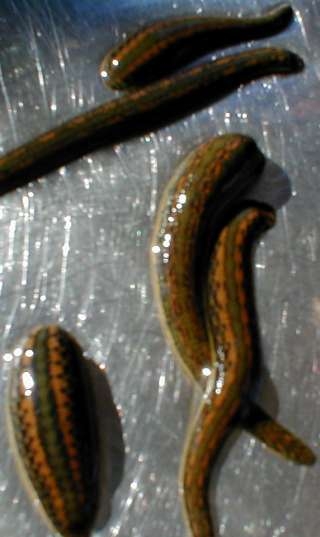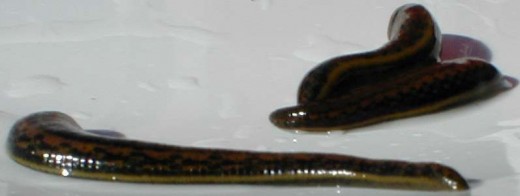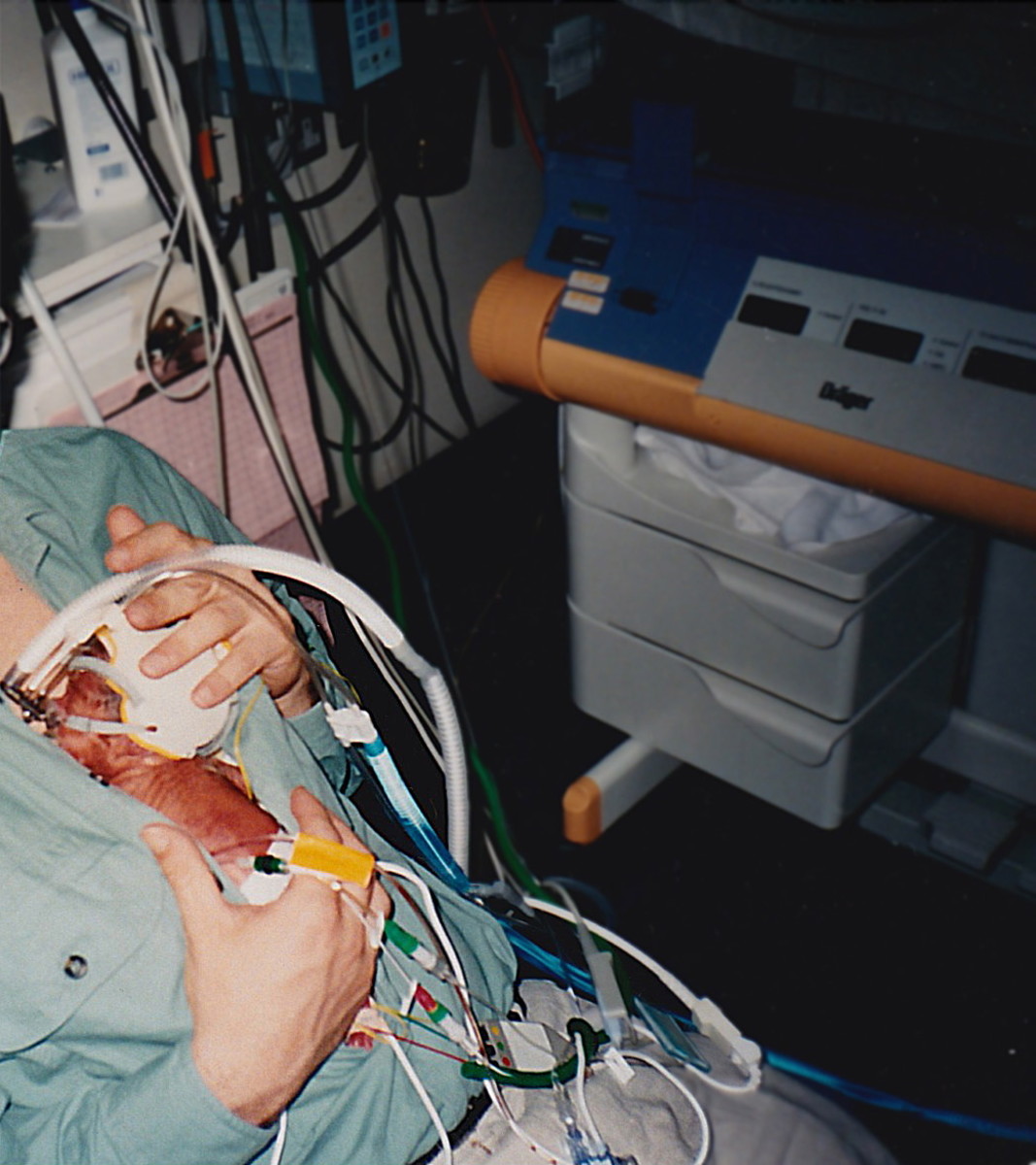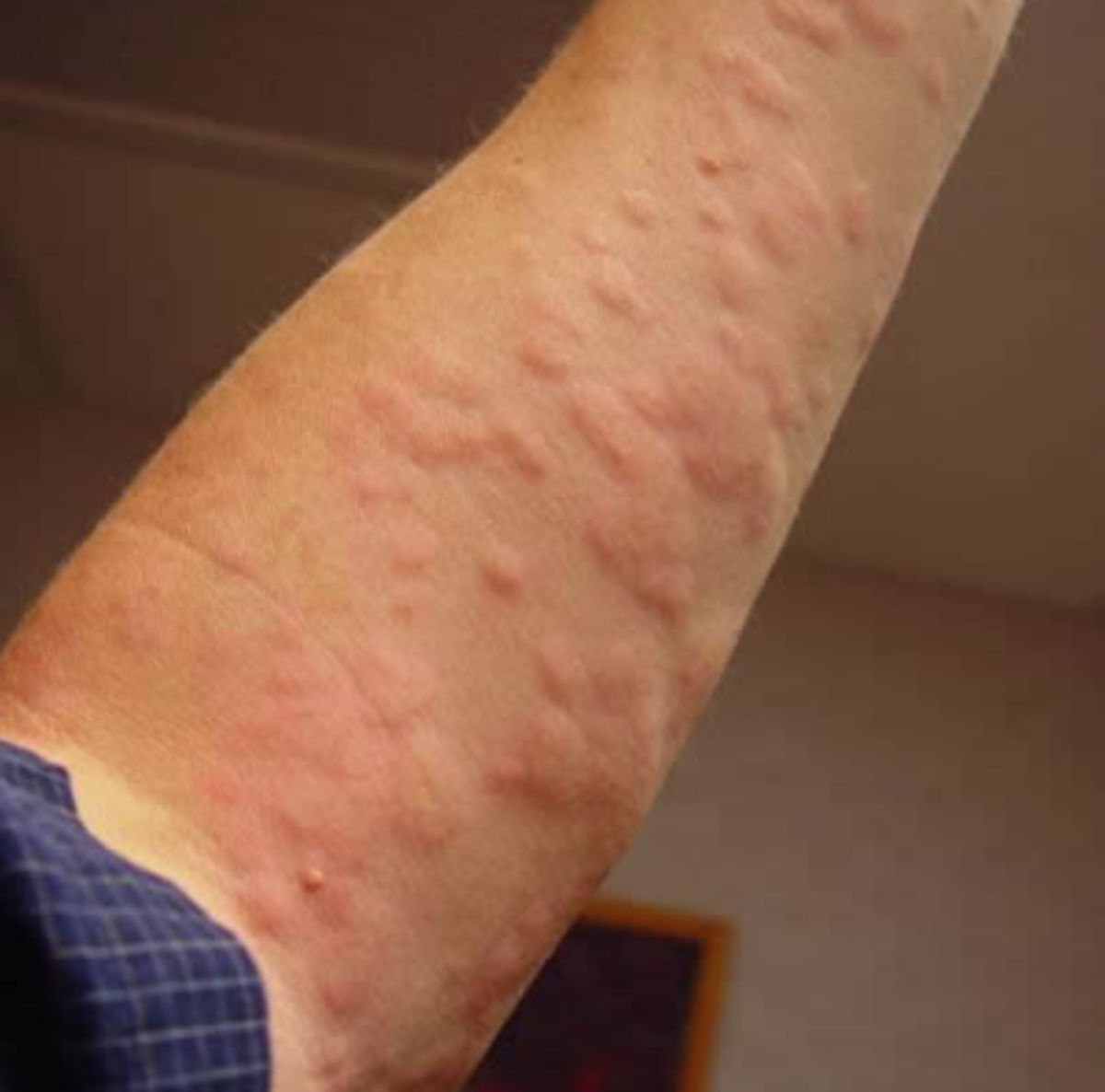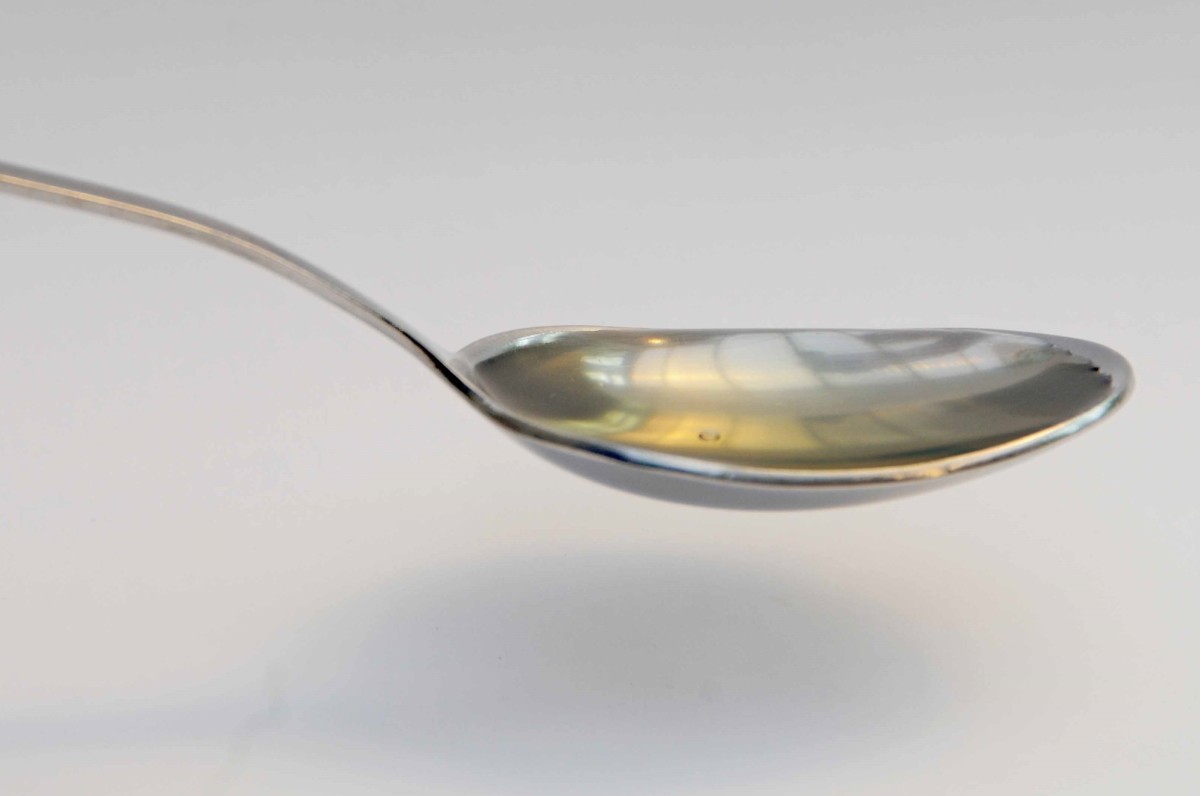The Use of Leeches in Medicine
Leeches. Yikes!!! It is almost everyone’s expression when we see leeches in places we don’t want them to be. Many people are afraid of leeches and we often wonder why they exist at all. They are bloodsuckers and we just can’t imagine what contribution they can possibly give mankind. That is, until we find out that these little creepy crawly creatures can actually be used as therapy. Leeches can be anywhere where there is water like rivers, lakes, or ponds. They are also abundant in watery mud. They can’t live in salt water like beaches, oceans, and seas. And they can find just about any man or animal that has blood.
The Dangers of Leeches
Why are they scary? One of the scariest characteristic they have is that when they crawl on their preys, they are usually not felt immediately. And once they start sucking on their prey, they just don’t stop. Not until they fed themselves enough. They will eventually fall off from their victims when they’re full. When do they get full? One leech can actually take in about 15ml of blood, more or less. And a leech bite will bleed more than a normal wound, sometimes causing temporary hemophilia to the victim.
Another danger about leeches that is not written in most articles is that it should be prevented from entering into any opening of the body (i.e., ears, nose, mouth, etc.). Any incident like this will prove to be fatal to its victims, damaging the victim’s internal organs, nerves, and tissues that cause internal bleeding.
First Aid
Using salt is the most common method used in taking away leeches from human or animal skin. The safest method would be to apply a heat rub or menthol.
I’m afraid there is no first aid for leeches that have entered a body opening, so do treat them as emergency and take them immediately to the nearest hospital.


Leeches in Medicine
Leeches are used mainly in surgery. They are used in reattaching severed body part which is caused mainly by accidents. Without leeches, a severed body part like finger, toe, ear, and many others will be impossible to reattach to a body because once detached, its nerves and veins are almost dead. Even if doctors try to sew them back in place, blood circulation to this part is halted. Leeches are therefore used to restore blood circulation to the reattached body part. Doctors use leeches to suck blood from the attached tissue to allow normal blood circulation to return to it and the leech saliva can help remove any congested blood from these tissues. Aside from this, leeches are also used in breast reconstruction.
In general, a therapy that uses live organisms as therapeutic medicine is called biotherapy. Leech saliva and leech bite is used as a treatment for blood clots. This treatment is called leech therapy or hirudotherapy. It can help with the treatment and prevention of varicose veins, hemorrhaging, bruising, and many others where blood clotting is the main problem of the ailment. Doctors are also using medicinal leeches to treat more serious health problems like hypertension, stroke, and heart problems where blood clotting of the nerves and arteries are the causes of the disease.
Some Leech Facts and Its Uses in Medicine
There are over 650 known leech species and they are not all bloodsuckers. Some of them are predators that feed on fish or other types of worms. Some of these predators can crawl their way into a body opening without being felt by its victims. These types of leeches are far more dangerous than the bloodsuckers. Once inside a warm body, they can damage internal organs.
Leeches in medicine were first used during the medieval times where bloodletting is a common practice in medicine. Bloodletting is the practice of taking huge amounts of blood from the patient’s body. Bloodletting was believed by medieval doctors to help a patient’s health problems like fever and hypertension. However, the use of it was abused and had been used in so many other health problems and oftentimes has proved to be fatal to the patients. Bloodletting and eventually the use of leeches had died out during the 19th century.
Modern doctors have rediscovered the use of leeches for surgery during the 1990s. Reattaching of a severed body part is impossible without the use of leeches. Of the 650 leech species, only a few can be used in medicine. Modern medicinal leeches are cultivated in a sanitary environment so they are free of bacteria that can cause infections.
Unfortunately though, this type of treatment is not available worldwide. U.S.A., Canada, and some parts of Europe are few countries that have this kind of treatment. In other parts of the world, you’ll have to ask your local doctors if treatment such as this is available in your area.
Links
- USATODAY.com - Maggots and leeches: Good medicine
Two medical devices recently approved by the Food and Drug Administration seem more likely to appear on Fear Factor than ER.

